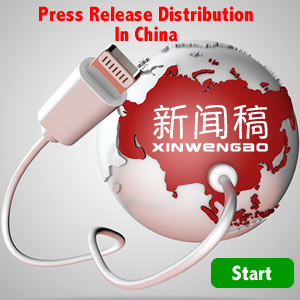The first trial to show that vaccination could confer HIV protection was the RV144 HIV vaccine trial. This trial reported an efficacy of 31%. A key element of the RV144 trial was gp120, generated in Chinese Hamster Ovary (CHO) cells and deficient in N-linked glycosylation sites vital for binding several families of anti-HIV broadly neutralizing antibodies (bN-mAbs). Researchers consider the absence of N-linked glycosylation to have possibly contributed to the modest efficacy of the vaccine. Numerous epitopes bound by bN-mAbs have oligomannose terminal glycans, which are early intermediates in the N-linked glycosylation pathway.1 Dr. Berman’s research group at the University...



